Best Places to Visit in Kansas
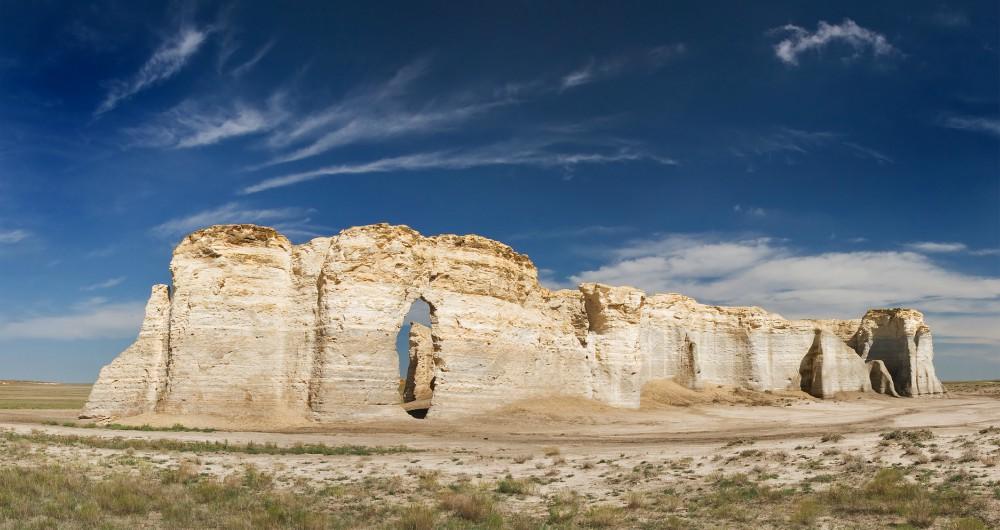
Searching for the best places to visit in Kansas? Well, you are in the right place! Having traveled through its countryside and cities, over the many trips I’ve found that the Sunflower State offers a mix of history, natural beauty, and small-town hospitality that leaves a lasting impression.
From family-friendly attractions to outdoor adventures and cultural experiences, Kansas has plenty of memorable places to visit. Here are the ones I recommend from our most recent four week road trip, and I hope you’ll enjoy them too.
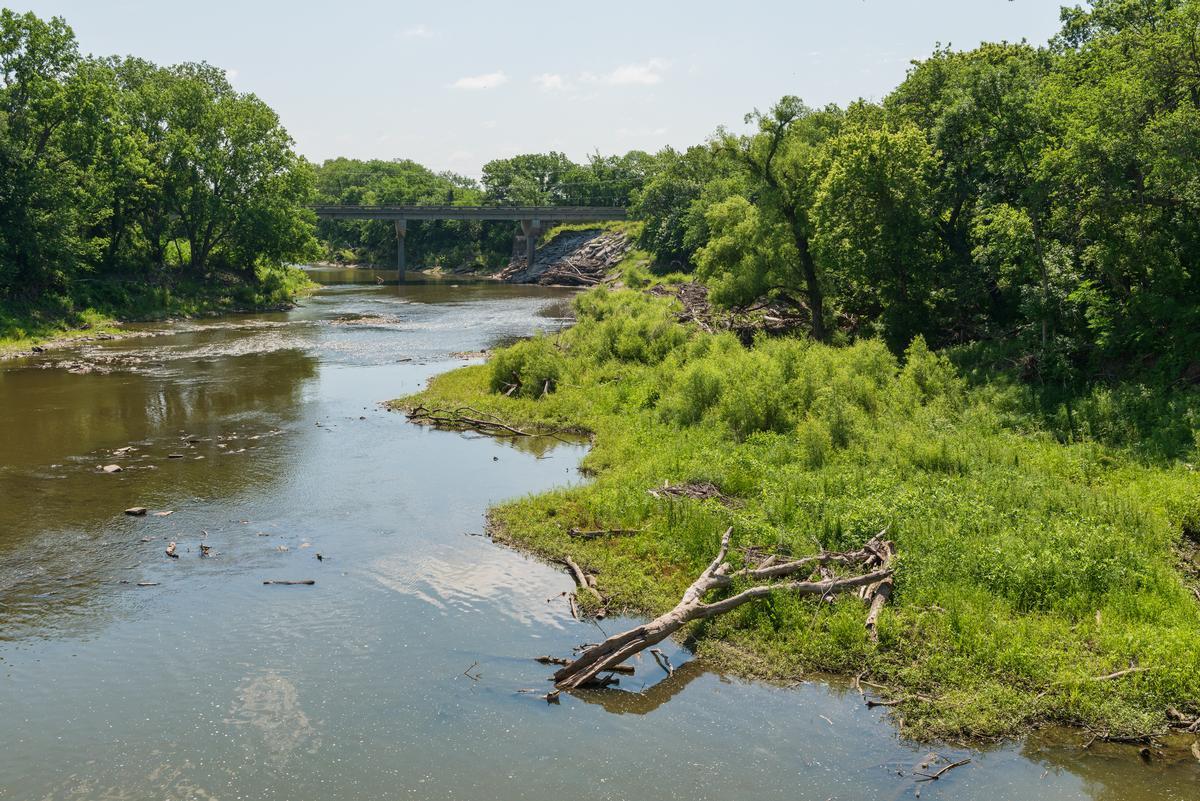
1. Cottonwood Falls
Tucked along the Cottonwood River, this is one of the most unspoiled stretches of Kansas I’ve ever visited, and I think it’s one of the absolute best small towns in the Flint Hills. Why? First off, Cottonwood Falls offers wide-open prairie views, and a friendly locals. In addition, we loved a peaceful vibe far removed from the busier Kansas City–to–Wichita corridor.
We drove north from Wichita in about an hour and a half and stayed at Clover Cliff Ranch Bed & Breakfast for two care-free days.
I loved walking along Broadway Street, exploring the nearby Tallgrass Prairie National Preserve (along Flint Hills Scenic Byway, #10 on my list), where open skies and endless grasslands showcase the last remnants of true tallgrass prairie. We also stopped by the Chase County Historical Museum, strolled across the Cottonwood River Bridge, and visited Cottonwood Coffeehouse for a coffee break.
- Location Map
- Location: East-central Kansas, in Chase County along the Cottonwood River
- Population: 785
- Scenery: rolling Flint Hills, tallgrass prairie landscapes, river views
What I loved best:
My favorite highlight was standing on the hill above town at sunset, watching the prairie glow gold and purple in the fading light. Returning to our beautifully furnished romantic Prather Room (named for the second owners of the Clover Cliff Ranch) was such a treat!
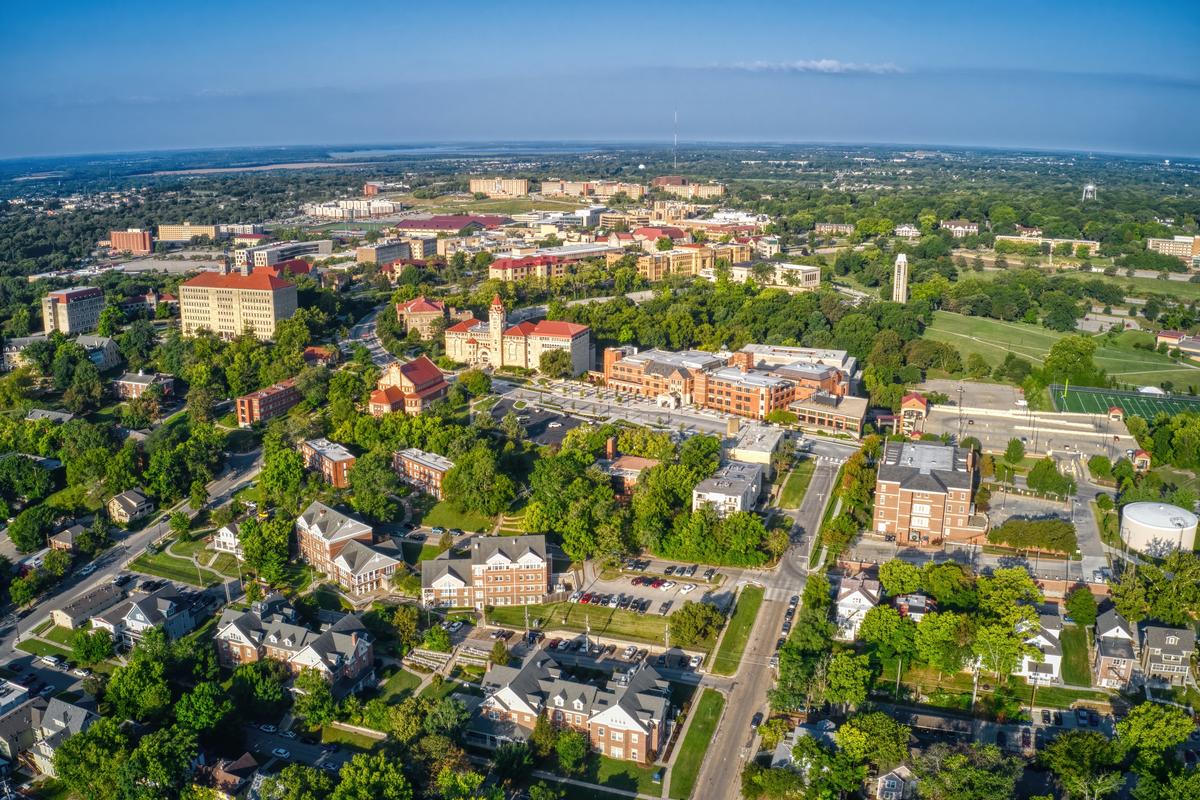
2. Lawrence, KS
Ready for a fun college-town getaway? Check out Lawrence, a real standout! I loved visiting this scenic, culture-filled town just west of Kansas City. Between the trails along the river, the historic neighborhoods, and KU’s hilltop views, it’s an ideal spot for a quick weekend escape or a fun family day trip!
With students back at the University of Kansas, Lawrence was alight with creative energy with music and art in the fall.
We drove about 45 minutes west of Kansas City and spent a lively, easygoing long weekend based at the 4-star Oread Hotel for two days, where our Deluxe King Room with a separate sitting area and floor-to-ceiling windows provided such a stylish, comfortable base while exploring.
I wandered down Massachusetts Street, browsing the indie bookstores and vintage shops while evenings brought live bluegrass along patios, and mornings were all about slow walks along the Burroughs Creek Trail.
- Location Map
- Location: Northeastern Kansas, in Douglas County along the Kansas River
- Population: 94,934
- Scenery: tree-lined streets, rolling hills, historic downtown architecture, riverfront views
What I loved best:
Dinner at Merchants Pub & Plate was a standout, a modern Midwestern twist with locally sourced comfort food like the roasted sweet corn chowder and a pint of Kansas pale ale which were perfect after a long day exploring.

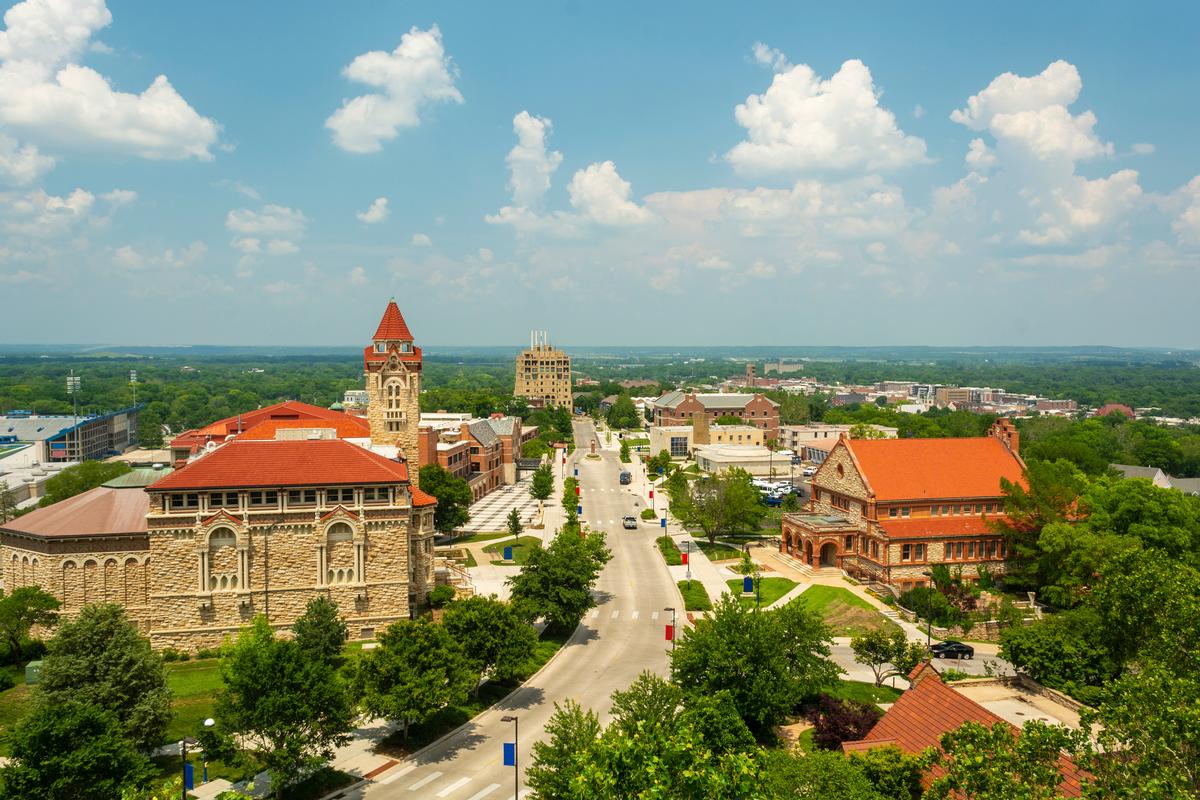
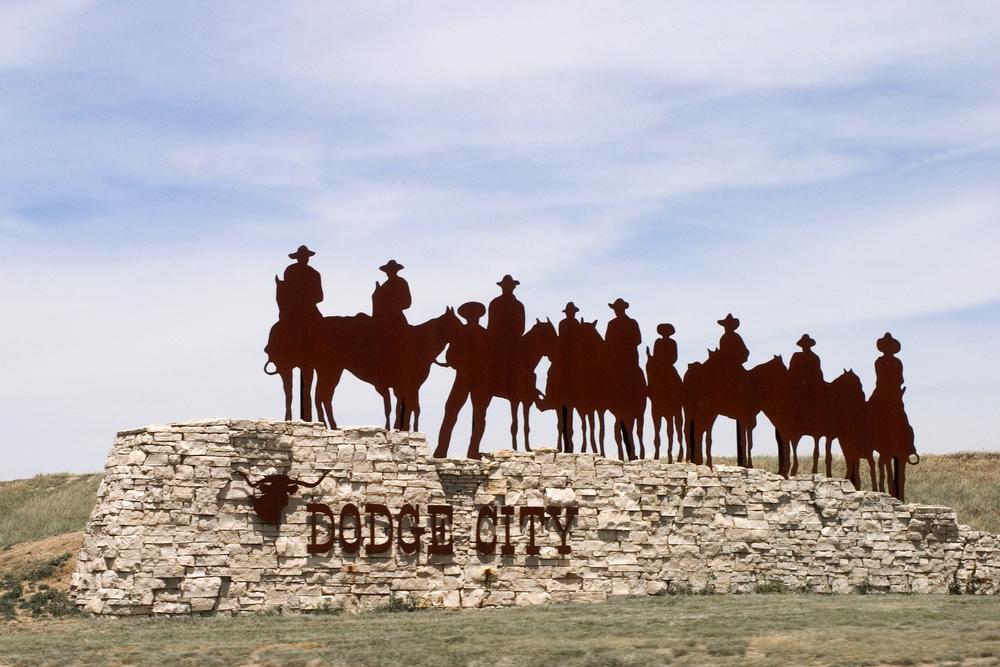
3. Dodge City
This place on the western plains, is one of the best places in the USA where the Old West comes alive in a way that feels both exciting and authentic! I can almost hear echoes of cowboys, cattle drives, and saloon doors swinging open.
We drove west from Wichita in about three hours and stayed at the comfortable 3-star Holiday Inn Express & Suites Dodge City for five days, where our Standard Room with two Queen beds offered all the necessities.
We started at Boot Hill Museum, and I loved walking down the recreated Front Street with its wooden boardwalks, old-time shops, and even staged gunfights.
I also appreciated the Santa Fe Trail tracks and the historic sites scattered around the area. Standing where wagons once crossed made the experience feel so real, and it reminded me of how much this city meant in shaping frontier life.
- Location Map
- Location: Southwestern Kansas, in Ford County along the Arkansas River
- Population: 27,788
- Scenery: classic Old West atmosphere, open prairie landscapes
For me, this city is one of the coolest destinations in Kansas. It’s not just a tourist stop...it’s a living connection to the Wild West that combines museums, history, and small-town friendliness into something truly memorable.
Check prices at the Dodge House Hotel, another unique place to stay in town if my first recommendation is sold out.
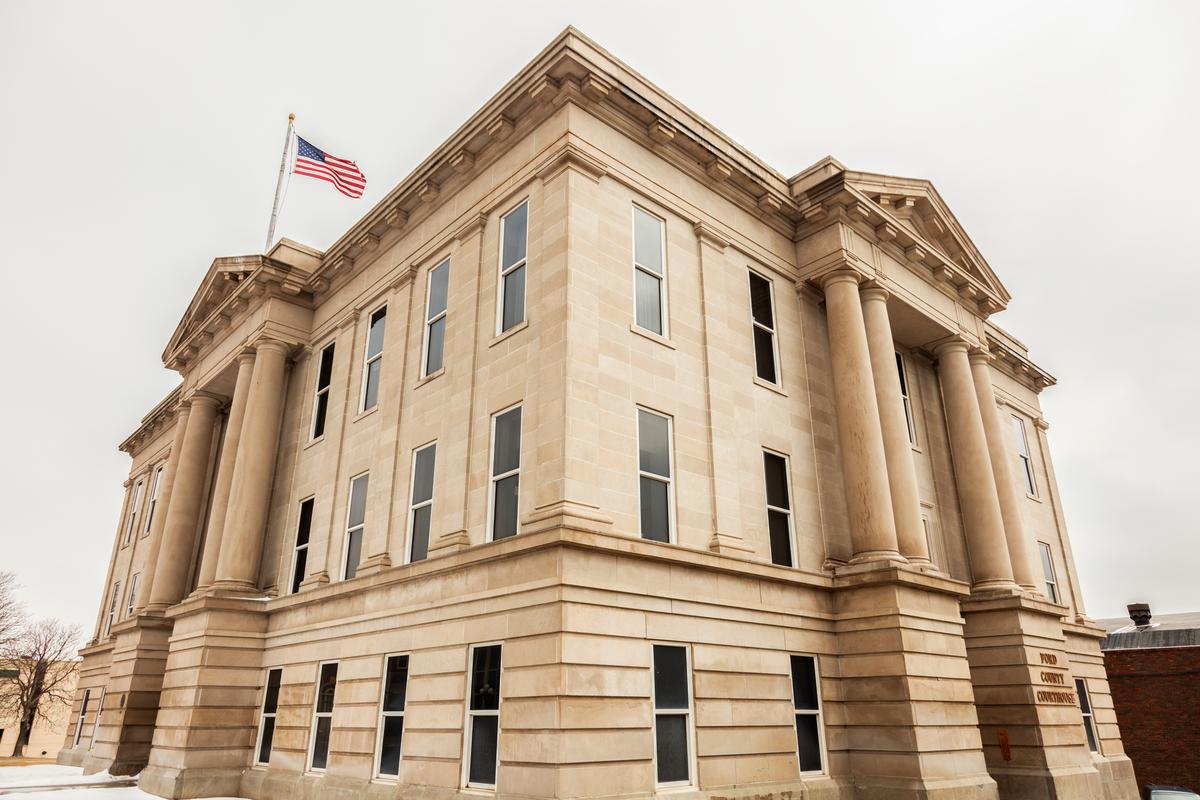
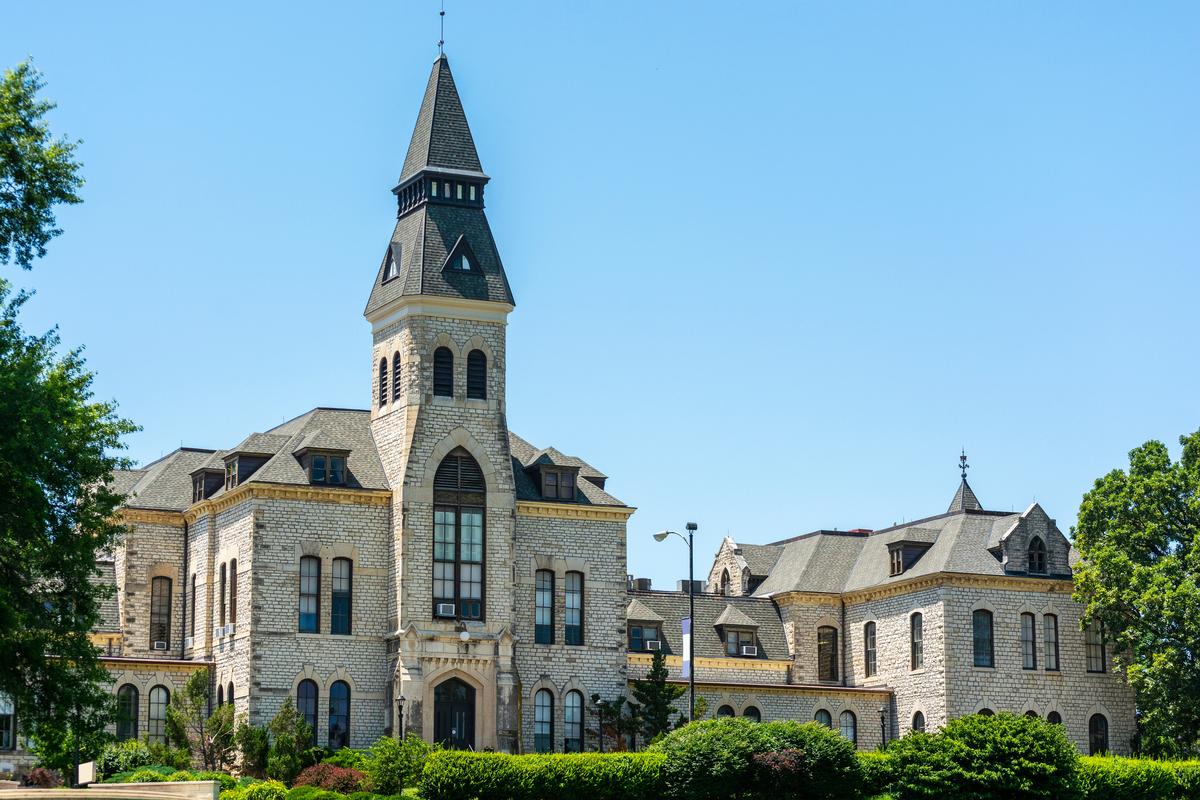
4. Manhattan, KS
Known as “The Little Apple,” this place quickly became one of my favorite places to visit in Kansas. About two hours west of Kansas City, it felt like an awesome mix of vibrant college town energy and spectacular natural beauty, making it one of the best underrated destinations in the state. We checked into 3-star Bluemont Hotel for two days.
My favorite hidden gem was the Flint Hills Discovery Center because I loved how interactive and interesting the exhibits were, teaching us about the unusual and rare tallgrass prairie ecosystem.
We also thought Konza Prairie, just south of town, was spectacular and the views at sunset were unforgettable and made for one of the most romantic and affordable adventures I’ve had in the state.
- Location Map
- Location: Northeastern Kansas, in Riley County at the junction of the Kansas and Big Blue Rivers
- Population: 54,794
- Scenery: rolling Flint Hills, river valleys
What I loved best:
The Marianna Kistler Beach Museum of Art on campus was my favorite underrated stop I enjoyed because it offered a vibrant collection of regional and contemporary works.
Returning to our room at Bluemont Hotel at the end of the day was my favorite highlight, complete with two Queen Beds that comfortably slept the three of us and where I especially appreciated the hypo-allergenic bedding!
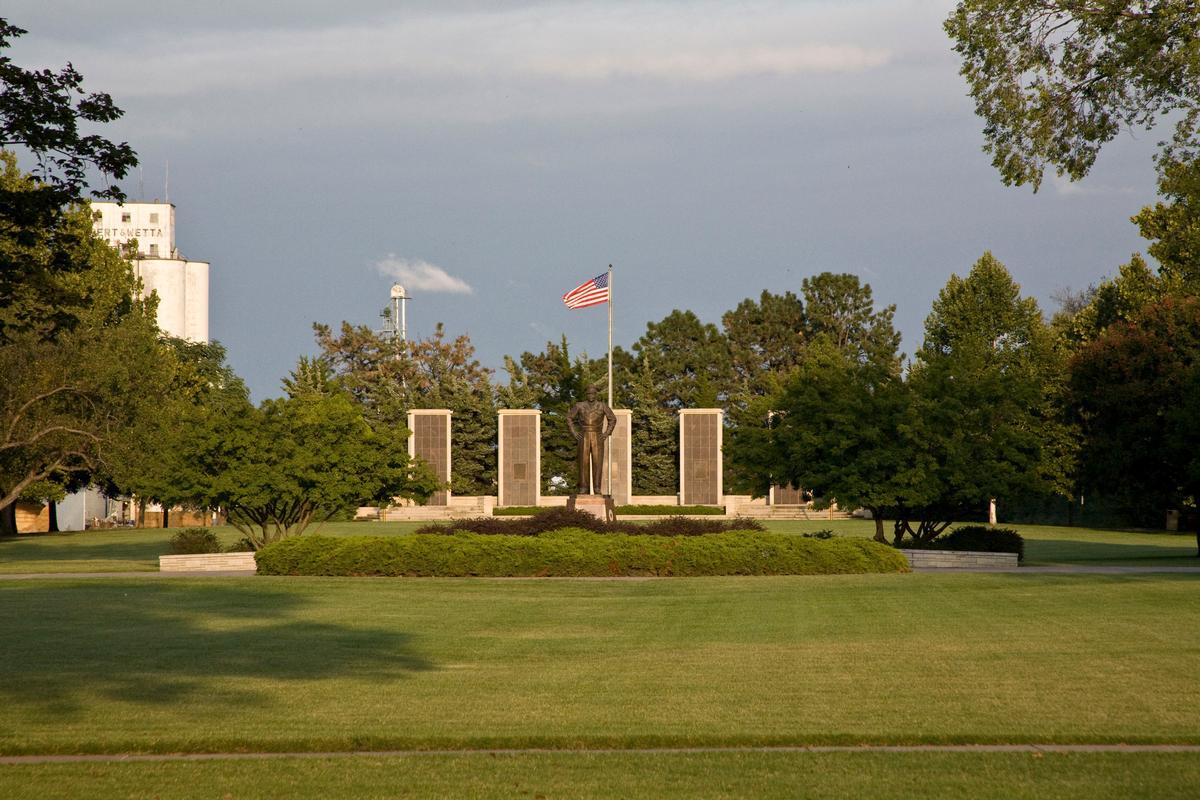
5. Abilene, Kansas
Ready for a heritage-rich prairie escape? Check out Abilene, a real standout! About midway between Kansas City and Wichita, this place is such an easy day trip (but you also turn it into the most perfect weekend getaway!). There's plenty of history for sure since Abilene played a big role in America’s story.
We drove west from Topeka in about an hour and a half and stayed at 2-star Holiday Inn Express & Suites Abilene for two days.
I instantly loved that there was so much to see and do. We started at the Eisenhower Presidential Library and Museum, and I loved how it gave such a powerful look into the life of the 34th president. I learned at least 10 things I didn't know and the visit will help my son's history grade too.
We also enjoyed exploring Old Abilene Town, where wooden boardwalks, historic buildings, and even staged gunfights brought the Wild West past to life. There's noting like stepping into the past while in the present.
You can also explore local history at the Heritage Center of Dickinson County, and learn about greyhounds at the Greyhound Hall of Fame (super unique, I've never been to a place like this!). Kids love to ride a historic steam engine on the Abilene & Smoky Valley Railroad (named #5 Best Scenic Train Ride in America by USA Today 10Best in 2025), and don't forget to see the historic Seelye Mansion ($15 Adult admission).
- Location Map
- Location: Central Kansas, in Dickinson County along the Smoky Hill River
- Population: 6,460
- Scenery: historic small-town charm, tree-lined streets, and prairie landscapes
What I loved best:
Chris, my son and I thought that Abilene is one of the coolest small towns in Kansas in the heart of the Midwest.
My favorite highlight was watching the sunset from the Abilene City Park footbridge.
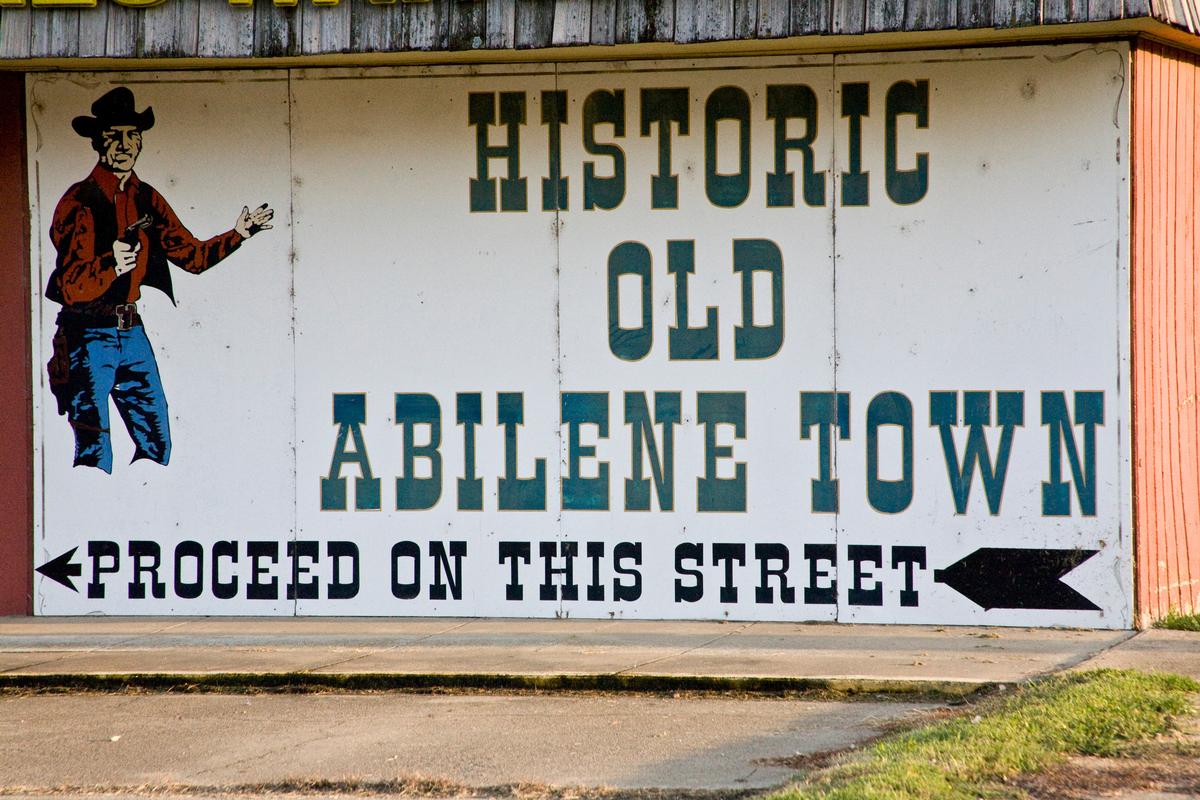

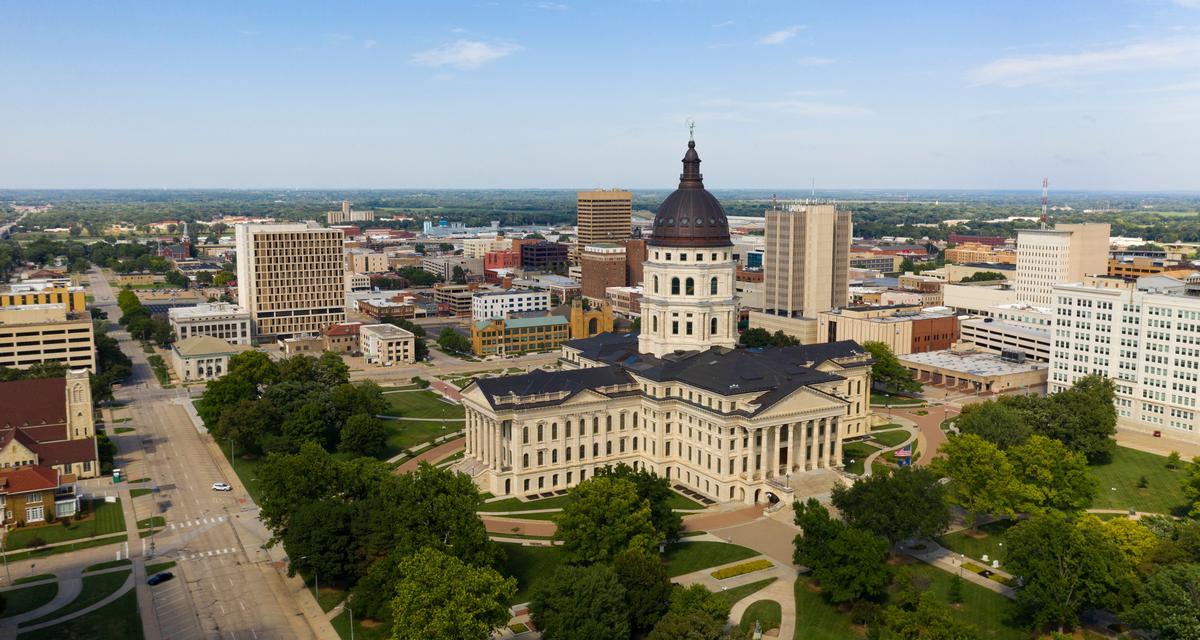
6. Topeka
This city felt to me like one of the most underrated gems in the Midwest this month and I thought that it was one of the best places to visit in Kansas when we were based here. Why? First off, I loved how Kansas’s capital city balanced history, culture, and fun in such an affordable way that completely won me over.
Just an hour west of Kansas City, it made for a brilliant fall weekend getaway with plenty to see and do, including historical and cultural sites like the Brown v. Board of Education National Historical Park and the newly updated Kansas Museum of History; outdoor recreation at places like Gage Park and Lake Shawnee; and unique attractions like the Evel Knievel Museum and Truckhenge. You can also explore the NOTO Arts District, visit the Topeka Zoo, or take a tour of the Kansas State Capitol.
- Location Map
- Location: Northeastern Kansas, in Shawnee County along the Kansas River
- Population: 125,963
- Scenery: riverfront parks, tree-covered neighborhoods
Dinner at The White Linen in Topeka was unforgettable, a cozy, refined spot tucked into a historic downtown building and where the chef’s tasting menu celebrated Kansas ingredients in an elegant way with tender beef with roasted root vegetables, paired with a glass of smooth local red wine.
What I loved best:
Check prices at the Cyrus Hotel ($149), where we booked adjoining rooms for two days and I especially appreciated the blackout drapes to block out the city lights!
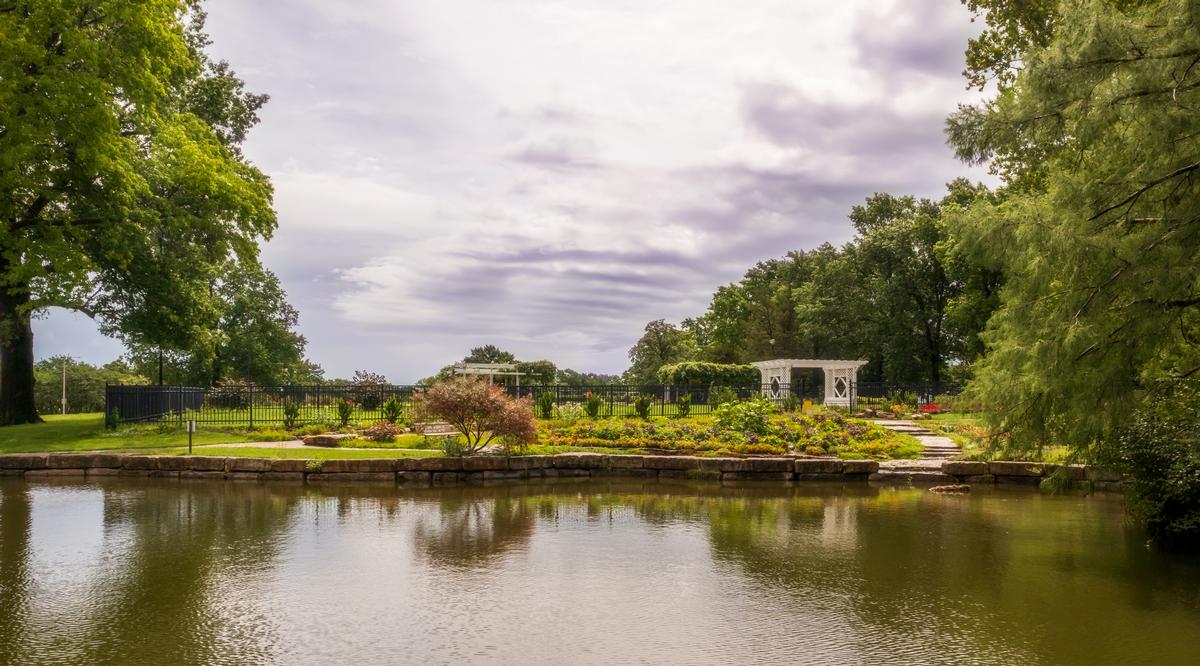
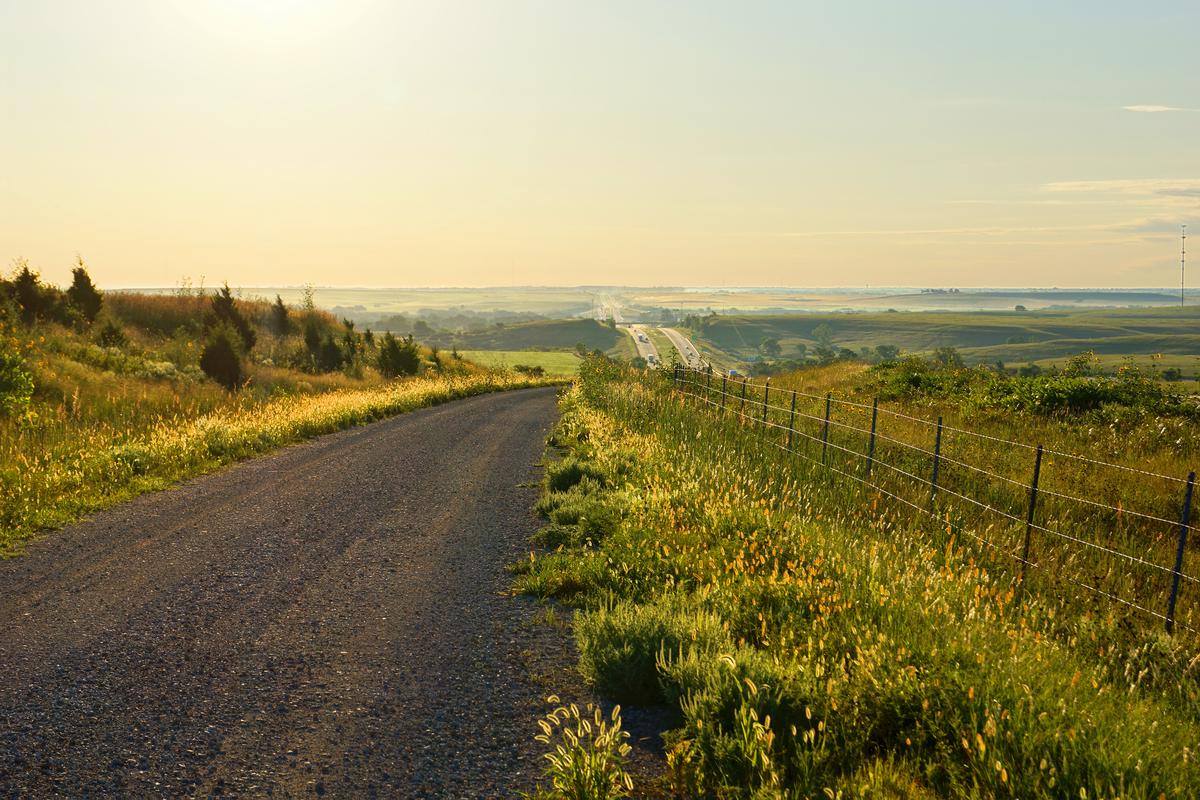
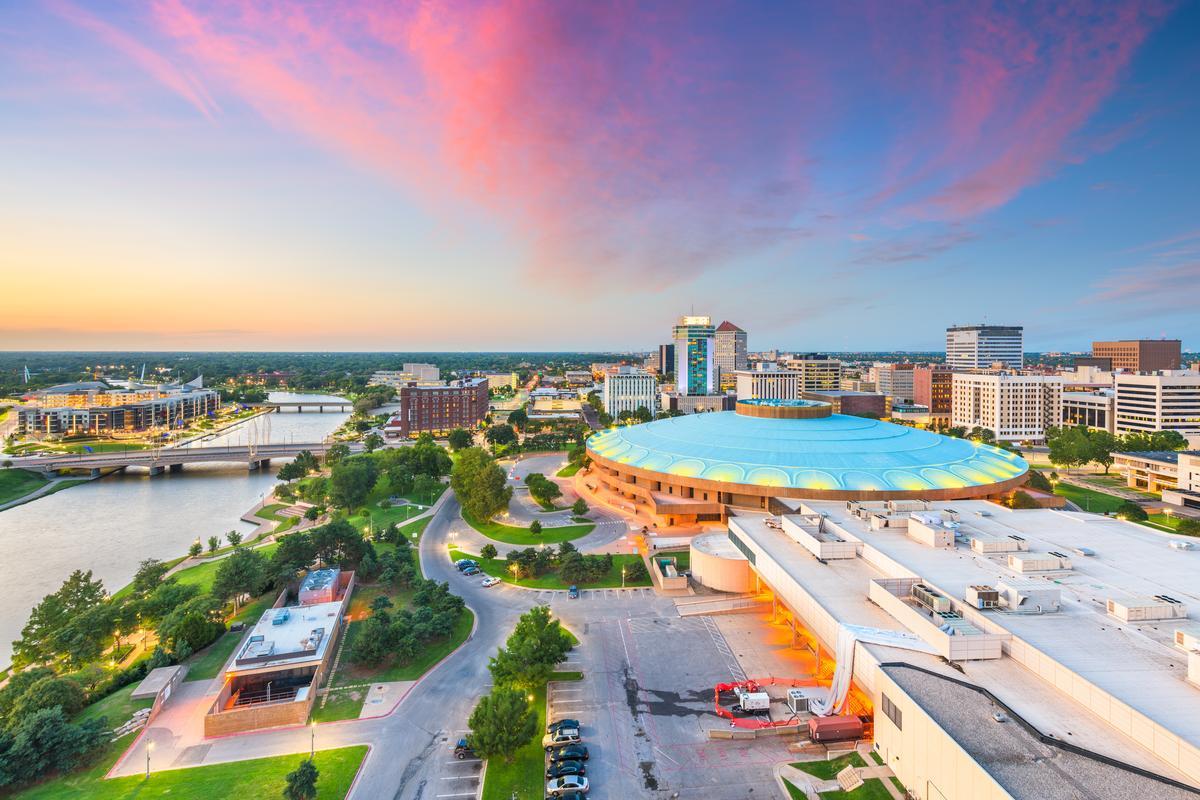
7. Wichita
This city, right in the heart of the state, always wows me with how much energy and variety it has. We started and ended our recent Kansas road trip here and stayed at Ambassador Hotel Wichita (AAA's Four Diamond winner so you can trust that it's a quality place) for two days, and then moved to a comfortable Airbnb for two easy-going weeks.
You can spend two hours in Downtown Wichita which features historic brick warehouses now filled with breweries, coffee shops, and art spaces, and one of my favorite things to do is Botanica where you can see 4,000 unique plant species.
I also enjoyed Old Cowtown Museum, where walking past frontier buildings made me feel like I had stepped back into the 1800s.
- Location Map
- Location: South-central Kansas, in Sedgwick County along the Arkansas River
- Population: 396,192
- Scenery: urban skyline, riverfront parks
For me, Wichita is one of the most exciting cities in Kansas. From its aviation heritage at the Kansas Aviation Museum ($10 for adults, Children 4-12, $6.00, Children 3 and under FREE) to its vibrant food scene and welcoming neighborhoods, it offers a blend of history, culture, and fun that always makes me eager to return.
What I loved best:
During our two week stay in the area, we enjoyed exploring the city's cuisine and I can safely claim that it's a fantastic destination for foodies, from Georges French Bistro for French food, Newport Grill for seafood with lake views, Dempsey's Burger Pub for burgers, and HomeGrown for breakfast (with several Wichita locations to choose from!).
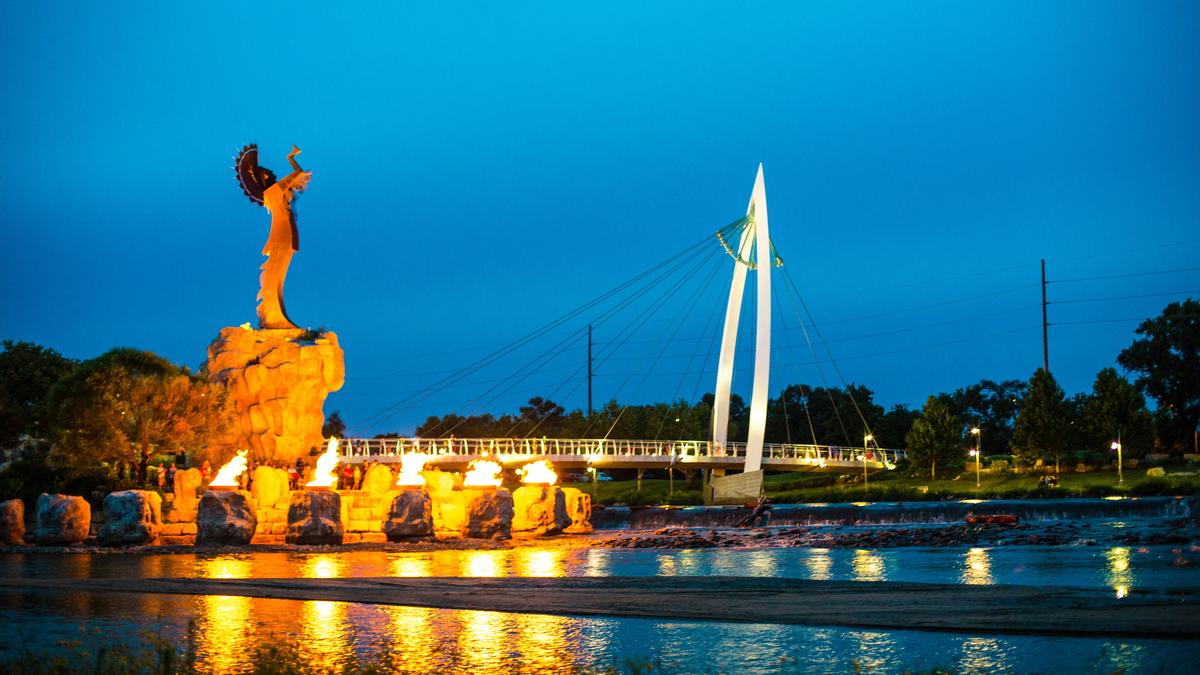


8. Cheney State Park - 35 minute day trip from Wichita, KS
Stretching along the shoreline of Cheney Reservoir, this is one of the most refreshing outdoor spots I’ve explored in Kansas, and I think it’s one of the absolute best lake destinations near Wichita! Why? First off, Cheney State Park offers miles of sandy shoreline, and a laid-back atmosphere far removed from crowded tourist lakes.
In addition, the hidden Midwest gem wraps around the vast Cheney Reservoir, creating nearly 2,000 acres of scenic recreation area and over 60 miles of shoreline. We loved watching sailboats glide across the water, tall prairie grasses sway in the wind, adored the sunset too, and drove back to Wichita just 35 minutes away at the end of a perfect Kansas day trip!
- Location Map
- Location: South-central Kansas, about 20 miles west of Wichita
- Cheney State Park website
What I loved best:
I had so much fun spotting herons and eagles with my son along the quiet Spring Creek trails, such a simple, free activity that was very grounding and a real standout!
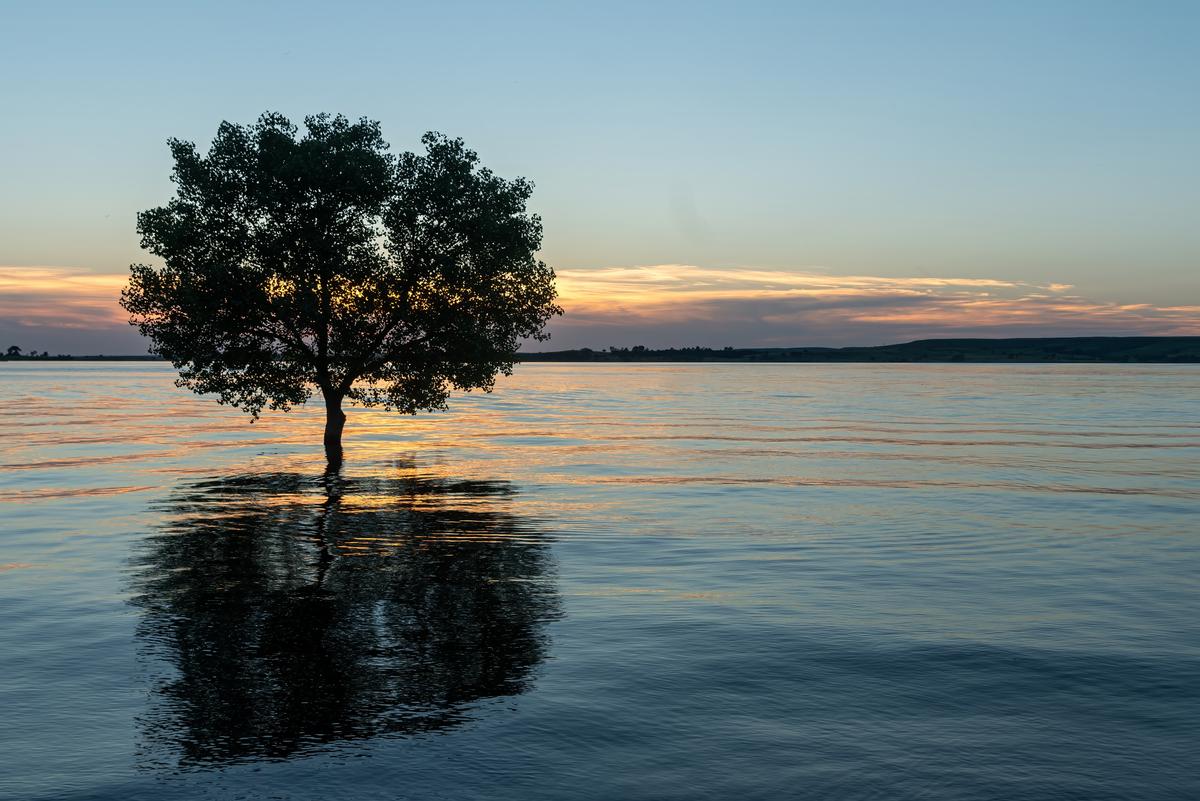
9. Wilson State Park
Set along the rugged shoreline of Wilson Lake, this is one of the most striking landscapes I’ve ever seen in Kansas, and I think it’s one of the absolute best state parks in the Midwest. Why? Wilson State Park gave us blue-green water, red rock formations, and rolling prairie views.
If you are in the mood for a longer day trip or weekend getaway from Wichita, check out the amazing park just 2 hours away, an oasis of striking blue water framed by golden limestone cliffs and rolling prairie!
Often called the “clearest lake in Kansas,” Wilson Lake is located just south of the town of Wilson, KS, where I spent the afternoon exploring the Hell Creek and Otoe areas, two distinct sections of the park divided by the lake where you can cool off during your summer hike.
What I loved best:
Hiking along the Switchgrass Trail, part of the state’s premier mountain biking network, led me through dramatic overlooks and quiet coves, with endless views of the Smoky Hills stretching to the horizon, my favorite highlight.
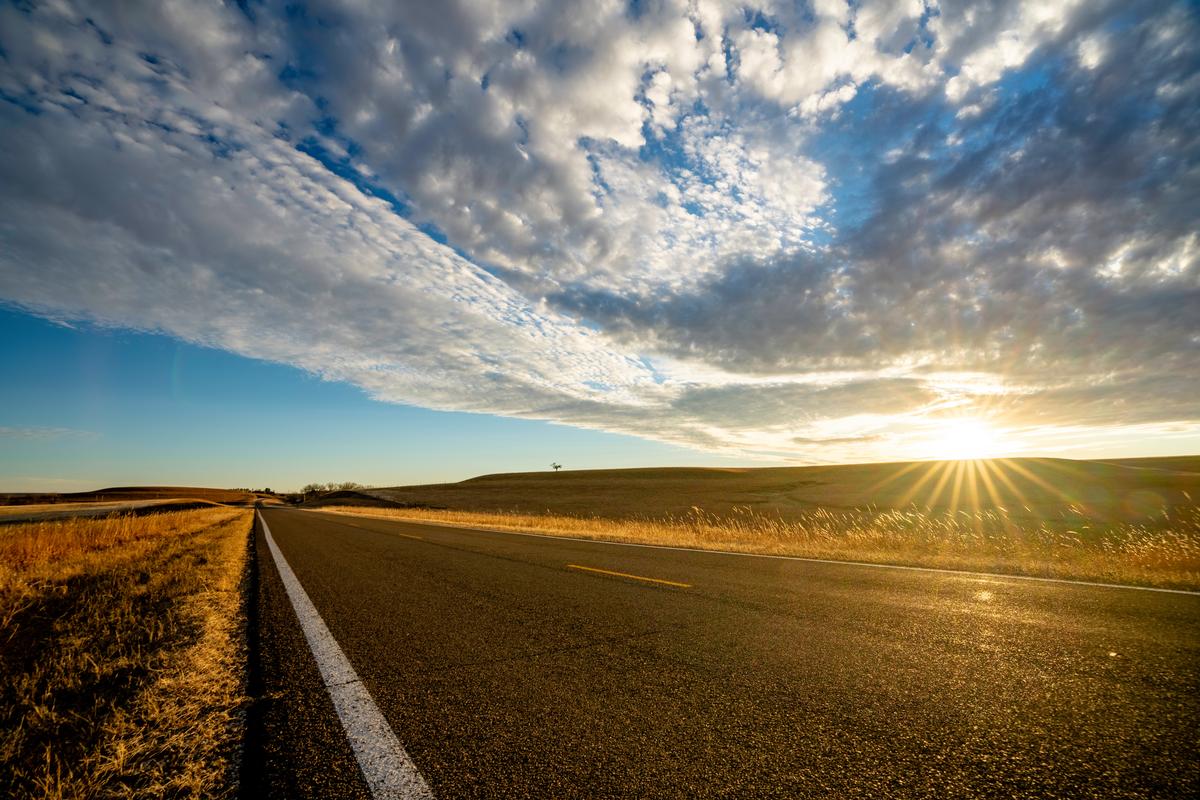
10. Flint Hills Scenic Byway
Driving here (about half of Highway 177) felt like stepping back in time to an era before the prairies were tamed, a real standout! Stretching roughly 48 miles between Cassoday and Council Grove, this route winds through the heart of the Flint Hills, one of the last remaining tallgrass prairie ecosystems in the world.
What I loved best:
For me, Flint Hills Scenic Byway is one of the best places to visit in Kansas because it's peaceful and unique!
The drive itself was peaceful and deeply beautiful, and I felt like stopping often to take in the views along the Flint Hills Scenic Byway. Just outside Strong City, I toured the Tallgrass Prairie National Preserve, where miles of hiking trails lead through wildflower meadows alive with butterflies and birdsong.
Further north, I paused in Cottonwood Falls (#1 on my list of best places to visit in Kansas).
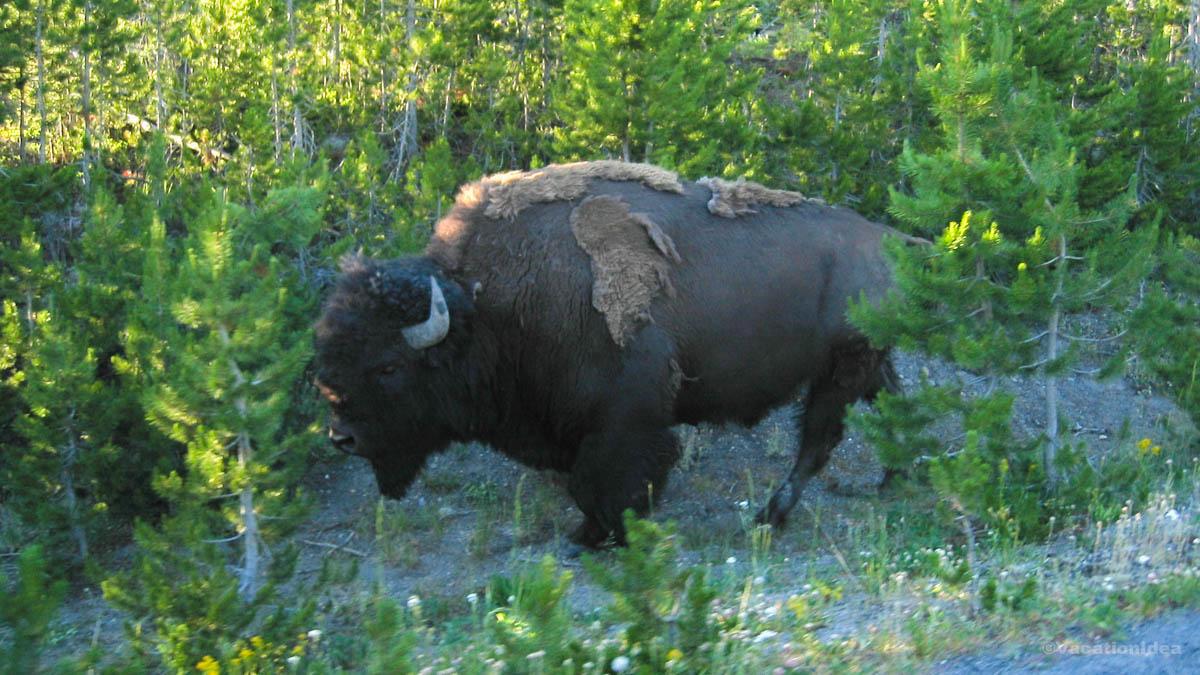


Booking Checklist
1. Book Your Flight - I use Expedia because I like their mobile app with my itinerary. They've helped me re-book flights on many occasions. Once you reach their Gold tier, support is especially good.
2. Book Your Hotel - I use Booking.com or Expedia, depending on my destination.
3. Book Your Rental Car - I use Expedia.
4. Book your tours on Viator or Get Your Guide.
5. If you are planning to visit more than three national parks in the next 12 months, buy the America the Beautiful Pass.
